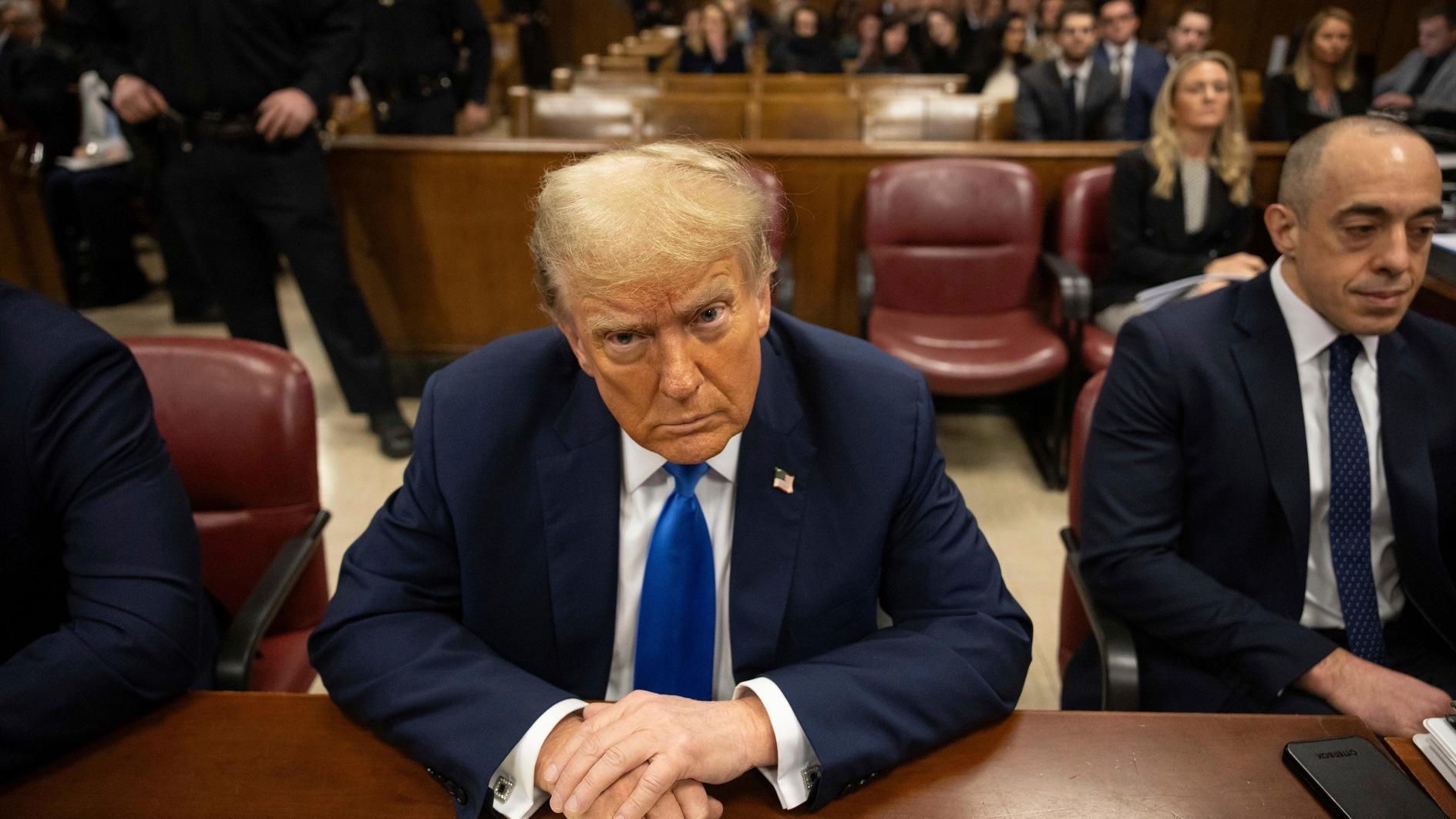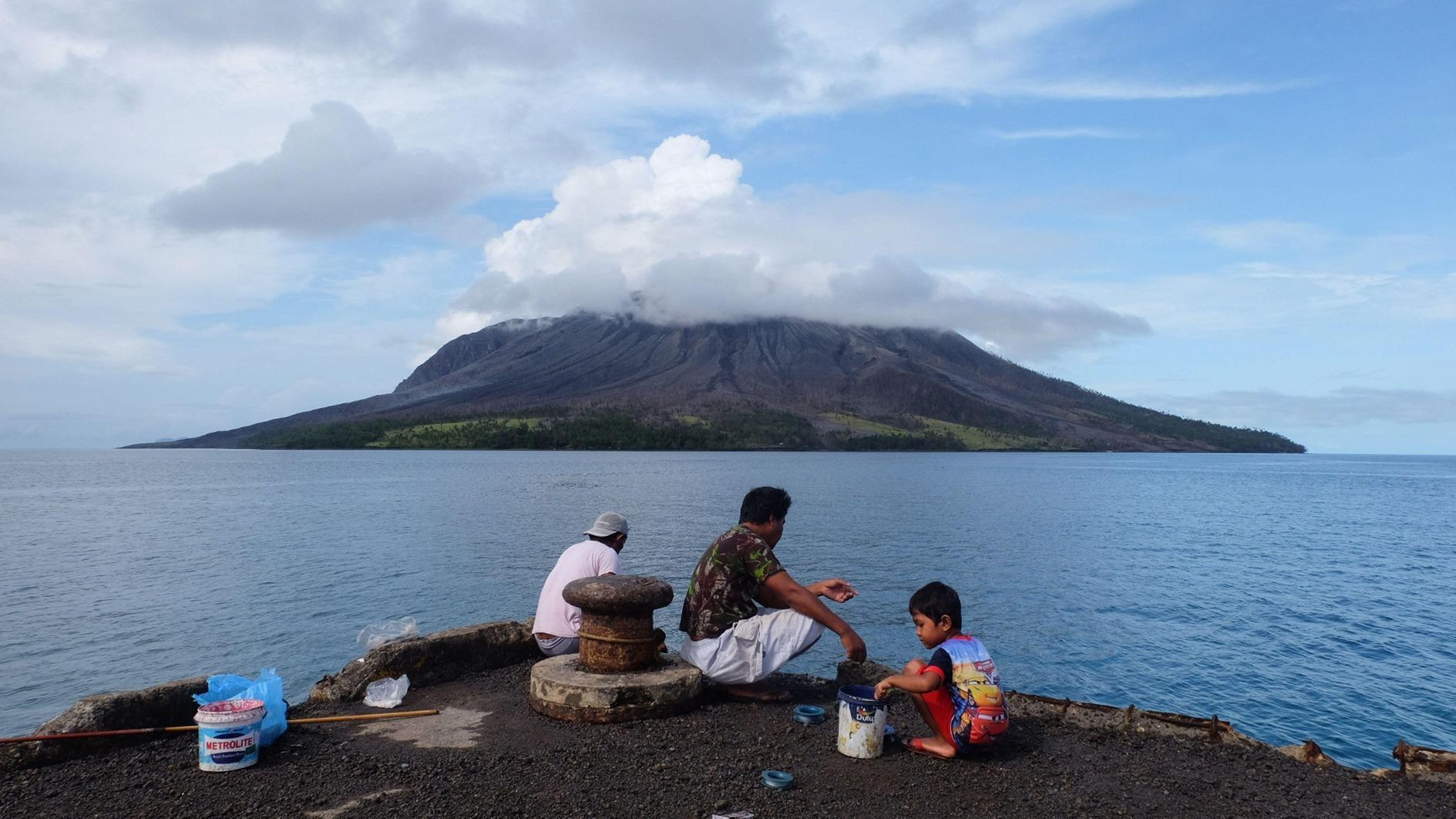Energizing Cyprus
The negotiations to find a fair and equitable solution to the Cyprus problem was resumed on February 11 after a two-year hiatus with a Joint Declaration of the Greek and Turkish Cypriot leaders that provided an outline and main principles of the forthcoming negotiations. The US involvement was a well know secret at that point; but it is in the open now. Visit of U.S. Vice President Joe Biden to the island on May 21-22, 52 years after Vice President Lyndon B. Johnson visited the island in late August 1962, added a new dimension to the strong US support toward a comprehensive settlement.
While Biden’s visit officially aimed at promoting confidence-building measures between the two communities on the island, his real motivation was to urge both sides move along when all the interested outsiders, including the US, is waiting for the solution of the problem to go ahead with their planned energy developments in the eastern Mediterranean. The offshore discovery of hydrocarbons in the region has become an important game-changer. It became even more important after the Russian annexation of Crimea and threats to cut its gas supplies to Ukraine, thus to Europe. Hence the U.S. involvement.
Transmission of new energy sources to the European market would ease Europe’s dependency on Russia; weaken or at least balance the Republic of Cyprus’ strong economic and political connections with Russia: might provide a background to Turkish-Israeli reconciliation; and finally get rid of a 60-year headache in the Eastern Mediterranean.
The real question to ask at the moment should be whether the U.S. could find a way to convince all involved sides about value of a solution. Biden hinted at an enhanced role for a united Cyprus in the region when he stated that “[Cyprus] could be even a stronger partner if the next generation of Cypriots can grow up without the burden of conflict.” To speed up the process, he convinced the two leaders to meet twice in a month and encouraged other actors, such as Turkish and Greek Cypriot Chambers of Commerce and religious leaders of both communities, to play more active role in the reunification process.
While Biden’s crossing into the northern Cyprus to meet with Derviş Eroğlu, President of the Turkish Republic of Northern Cyprus (TRNC), was an important move, he was careful not to offend the sensibilities of the Greek Cypriots. Hence his emphasis on the US position: “the US recognizes the legitimate government of the Republic of Cyprus and my visit and meetings throughout the island will not change that.”
The rumors were circulated before Biden’s visit about the US intention to finance a project for the reconstruction of Varosha (Maraş) district, which has been abandoned since 1974, as a part of confidence-building measures between the two communities. While the Vice President raised the issue during his visit and promised to assist with the implementation of any plan regarding Varosha, it seems that he was not been able to come up with a plan that would be acceptable to the Turkish side; that it does not involve only a unilateral compromise from the Turks. This is a much explored but futile idea. To include Varosha into any confidence building program, the interested sides need to come up an quit pro quo, not one sided concessions.
It seems that for the first time in a long time, the two leaders of Greek and Turkish communities, civil society on both sides, Turkey and Greece, as well as interested international actors are in favor of a solution on the Island. The energy findings in the region are clearly becoming an important catalyze for the latest round of negotiations. As Özdil Nami, the Minister of Foreign Affairs of the TRNC said, the “stars are aligned for a solution in Cyprus.” One conspicuous absent is the North Star. Russian has yet to utter a word of encouragement. For now, let us just note that.











